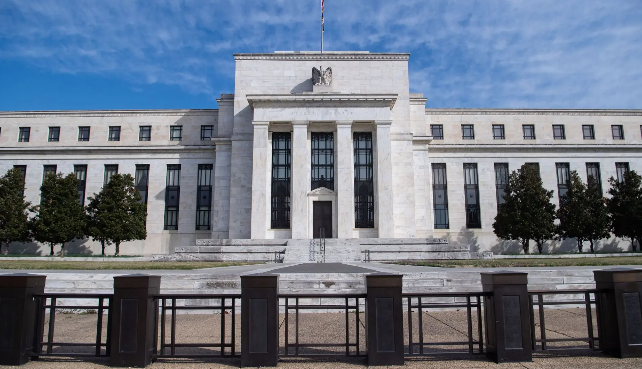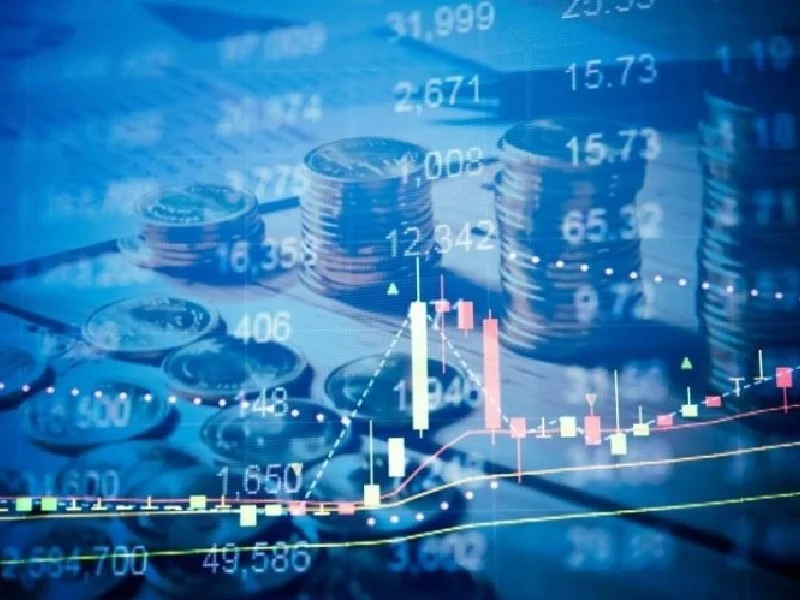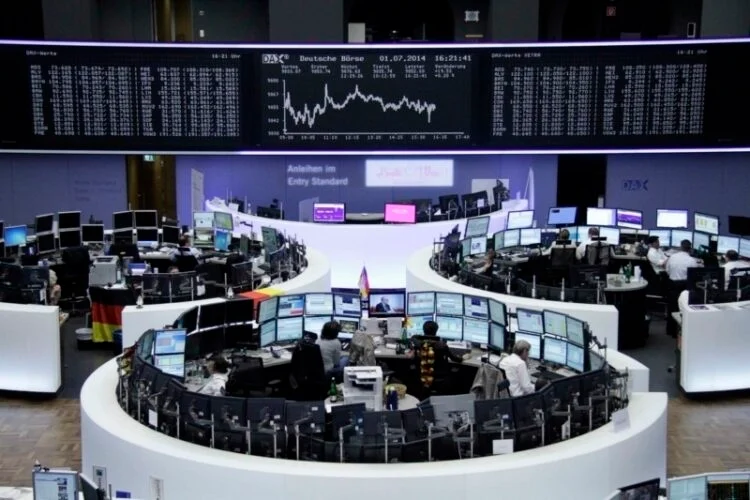Publisher: Maaal International Media Company
License: 465734
US Fed keeps interest rates unchanged
US Federal Reserve Bank announced that the interest rate would be fixed at levels between 5.25 and 5.5%, as expected.
In the context of monetary policy, raising interest rates is considered an assessment of inflation and the economy, while lowering interest rates is a stimulus step to boost economic growth.
The Federal Reserve adjusts the target range for the federal funds rate in response to what is happening in the economy. Adjusting interest rates helps the Federal Reserve achieve conditions that meet its dual mission: maintaining price stability and maximizing employment opportunities.
اقرأ المزيد
The US Federal Reserve began a policy of monetary tightening to curb inflation, from the March meeting of last year 2022, when it raised interest by 25 basis points to between the level of 0.25% and 0.50%.
At the next meeting in May of the same year, the Fed raised the interest rate by 50 basis points higher, between 0.75% and 1%, then added 75 basis points at the June 2022 meeting, bringing the interest rate between 1.50% and 1.75%. %.
At the July 2022 meeting, it added another 75 basis points, bringing the interest rate between 2.25% and 2.50%. Then it added another 75 basis points at the next meeting in September 2022, bringing the interest rate between 3% and 3.25%.
At the penultimate meeting in 2022 in November, the Fed raised interest rates for the sixth time during the year, by 75 basis points, at 3.75% and 4%. Then it added 50 new basis points at the last meeting in 2022, bringing the interest rate between 4.25% and 4.5%.
By the end of the year 2022, the inflation rate reached 6.5% in December, while it had recorded 8% in March, at the beginning of the monetary tightening cycle and raising interest rates after rates reached their peak in June of the same year at 9.1%.
The slowdown in inflation in this way reflected the effectiveness of the monetary policies followed, so that the year 2023 would witness new increases in interest rates, but at a lower pace, in addition to stabilizing interest rates at three meetings during the year.
At its first meeting in 2023 in February, the Fed added another 25 basis points, bringing interest rates between 4.50% and 4.75%. This was followed by a similar increase in March to 4.75% and 5%, and then a similar increase (by 25 basis points) in May to 5% and 5.25%. In July 2023, the Federal Reserve raised the interest rate by 25 points to 5.25% and 5.50%, after setting it in June after 10 consecutive increases.
In September and November, he also resorted to setting interest rates at a level between 5.25 and 5.5%, which is the highest in 22 years.
The US Federal Reserve stopped raising interest rates in September after increasing them 11 times since March 2022, as part of its efforts to curb inflation.
While estimates vary regarding the possible trends on the part of the Federal Reserve in the coming year, 2024, regarding the pace of the potential “rate cut” and its start date, the previous statements by the Chairman of the Federal Reserve, Jerome Powell, raise some doubts, especially when he revealed that he and his team are planning “ to keep monetary policy tight until they are convinced that inflation is heading strongly towards the target of 2%.
“It would be too early to conclude with confidence that we have achieved a sufficiently restrictive stance, or to predict when we will cut rates,” Powell said in prepared remarks in Atlanta. “We are ready to tighten monetary policy further if necessary.”
Participants in a CNBC survey expected that the Fed would begin reducing interest rates in 2024, “but not at the expected pace,” pointing to a possible cut of 85 basis points during the year (about 25 basis points per quarter), contrary to what is shown. Futures market expectations (120 basis points).
In this context, the expectations of global investment banks vary regarding the possible trends of interest rates in 2024.
Fitch estimates indicate a possible rate hike in January, to be fixed until July, after which the Fed will reduce the rate by 100 basis points to 4.75% in July.
British Bank Barclays also estimates a possible increase in interest rates next January by 25 basis points, with interest rates remaining stable until the end of the same year, with the reduction starting by 25 basis points each year. Meeting after that…
This would raise the Fed funds target range to 5.00%-5.25% at the end of 2024 and at 4.00%-4.25% by the end of 2025.
While Goldman Sachs estimates indicate two possible cuts by the Federal Reserve next year, with the first cut being in the third quarter of the year.
The two cuts would result in a federal funds rate of 4.875% by the end of 2024, compared to its previous forecast of 5.13%.
As for Morgan Stanley, it expects major cuts over the next two years in light of the slowdown in inflation rates, with the Fed starting to reduce interest rates in mid-2024, specifically at the next June meeting, then another cut in September, provided that Potential cuts of 25 basis points, reaching interest rates of 2.357% by the end of 2025.
Regarding Citigroup’s estimates, they go to July 2024 as the month in which the Fed begins to reduce interest rates by 100 basis points, with its expectations for inflation to decline to 2.5%, close to target levels.








